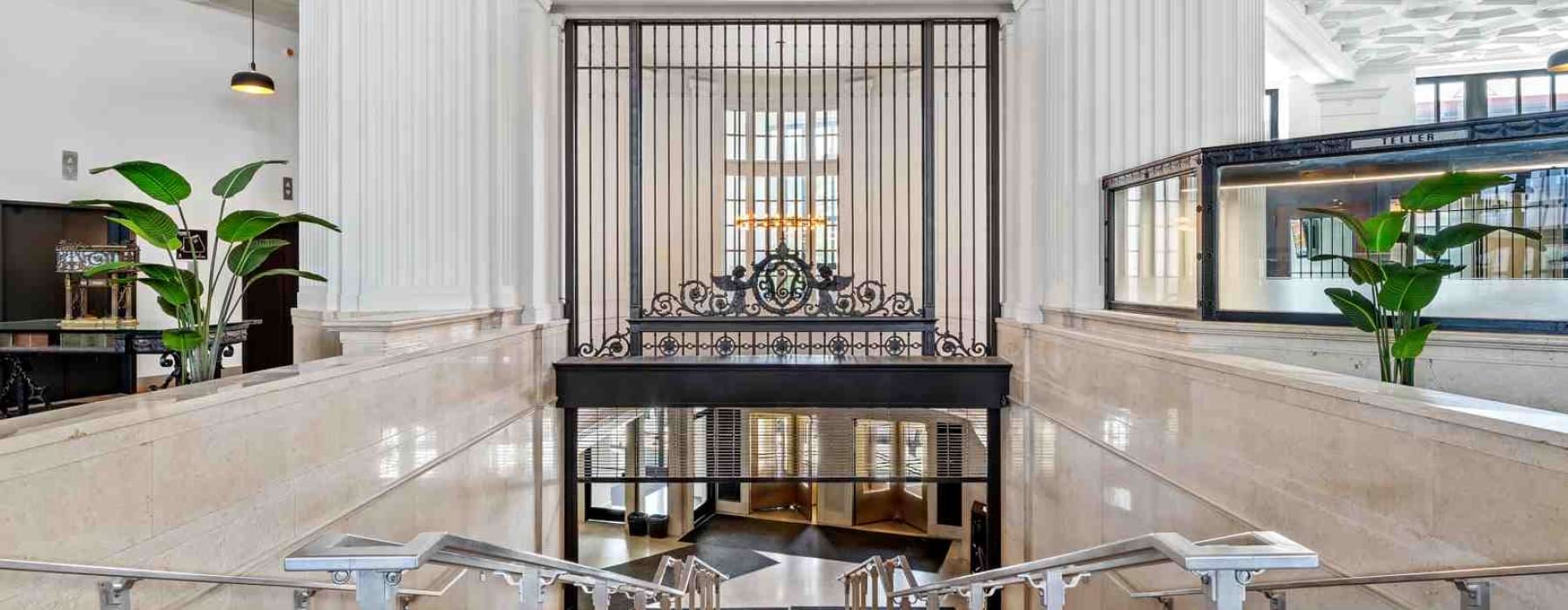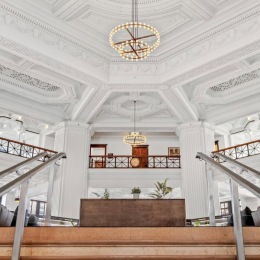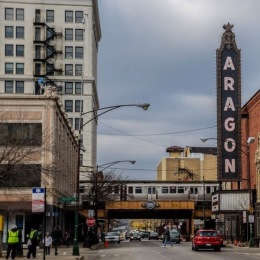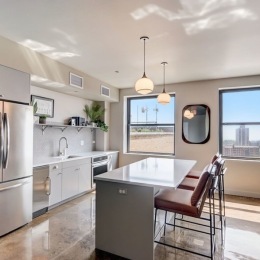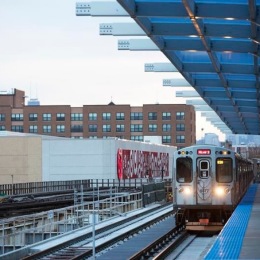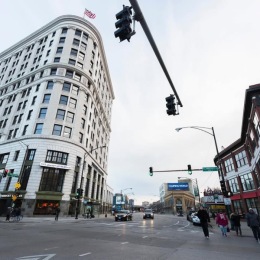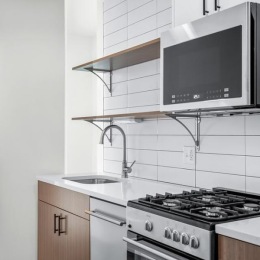Why Historic Apartments for Rent Are Worth Your Search
Historic apartments for rent offer a unique blend of architectural character and modern convenience that you simply can't find in new construction. These carefully preserved buildings let you live in spaces where presidents once slept, where silent film stars called home, and where decades of stories echo through original hardwood floors and soaring ceilings.
Quick Guide to Finding Historic Apartments:
- Top Cities: Los Angeles Downtown, Chicago Uptown, Salt Lake City Avenues, Fort Worth Fairmount
- Common Types: Art Deco studios, converted schoolhouse lofts, pre-war high-rises, adaptive church/bank conversions
- Key Features: 9-20 foot ceilings, original hardwood floors, crown moldings, exposed brick, period fixtures
- Price Range: Varies widely from affordable LIHTC units to luxury penthouses
- Best Search Tools: Historic district apartment directories, preservation society listings, adaptive reuse specialists
The appeal goes beyond just aesthetics. Research shows that over 1,000 historic apartments are available for rent in Downtown Los Angeles alone, with similar inventory in major cities nationwide. These buildings often feature energy-efficient retrofits that combine period charm with modern sustainability.
What makes these rentals special is their irreplaceable character. Whether you're drawn to a converted 1907 schoolhouse with original chalkboards still mounted on brick walls, or a 1920s bank building where vault doors now serve as unique room dividers, historic apartments offer living spaces with genuine personality and neighborhood heritage.
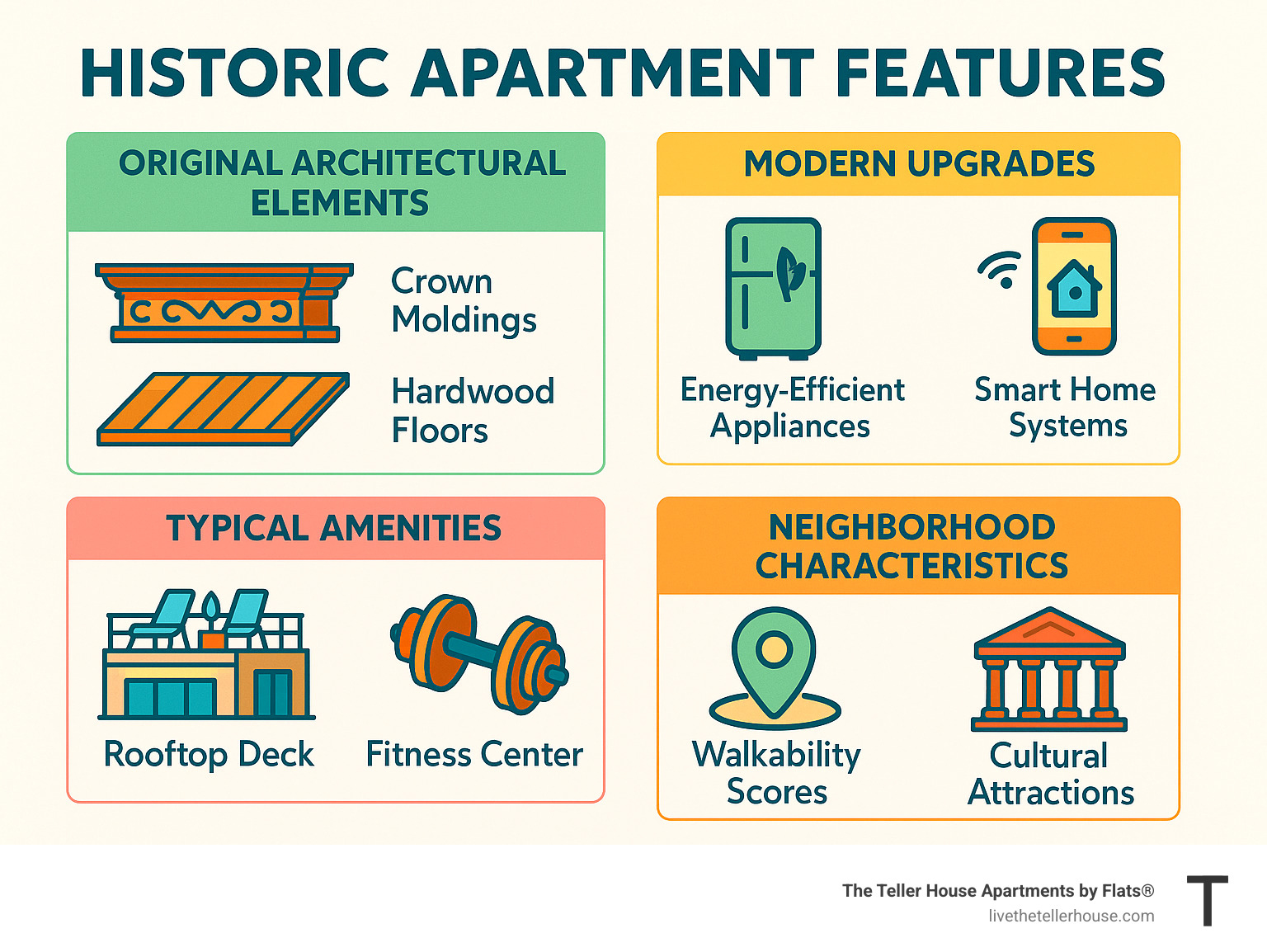
What Makes an Apartment "Historic"?
Not every old building qualifies as truly historic. Historic apartments for rent are found in buildings that tell America's architectural story, typically constructed between the 1880s and 1940s when craftsmanship and attention to detail defined urban living.
What sets these apartments apart is their official recognition. Many historic buildings carry designations like National Register of Historic Places listings or local landmark status.
The real magic lives in the original materials that have survived decades of use. Solid hardwood floors made from old-growth timber develop character that engineered flooring simply can't match. Hand-plastered walls with intricate moldings showcase craftsmanship that modern construction methods rarely replicate.
Many historic buildings benefit from preservation tax incentive programs that help property owners maintain character while upgrading essential systems. This means you get the best of both worlds: period charm with modern functionality.
Key Architectural Features to Look For
When touring historic apartments for rent, certain distinctive elements immediately signal authentic period character.
Crown moldings frame rooms with intricate detail that modern construction rarely matches. Original hardwood floors remain the most prized feature, often made from old-growth timber that develops rich patina over time.
Clawfoot tubs serve as both functional fixtures and stunning bathroom centerpieces. Stained glass windows and transom windows bring colored light and architectural interest to historic spaces.
Balancing Past & Present
The most successful historic apartments for rent achieve seamless integration between preservation and modern convenience through HVAC retrofits, smart home technology, and energy-efficient appliances that complement both vintage and updated design elements.
Top Styles of Historic Apartments for Rent
The world of historic apartments for rent offers amazing variety, each reflecting the architectural dreams of bygone eras.
Studios and efficiency apartments from the 1920s and 1930s were masterpieces of compact design, often featuring original Murphy beds and built-in storage that maximizes every square foot.
One-bedroom flats represent the sweet spot of historic apartment living, typically showcasing separate living and dining areas, pocket doors, and original moldings.
Lofts carved from old industrial buildings bring drama with soaring ceilings, exposed brick walls, and open floor plans.
Some of the most unique options come from creative adaptive reuse projects:
- Schoolhouse conversions preserve original chalkboards and high ceilings
- Bank conversions feature dramatic vault doors and marble details
- Church adaptations offer stained glass windows and breathtaking soaring ceilings
- Pre-war high-rises provide urban sophistication with doorman service
Historic Studios: Small Spaces, Big Personality
Studio apartments in historic buildings prove that small spaces can have huge personality. These compact homes maximize every inch through clever design.
High ceilings reaching 10 to 15 feet create openness that modern 8-foot ceilings can't touch. Murphy beds transform sleeping areas into living rooms during the day, while built-in storage provides organization without eating up precious floor space.
Where to Find Historic Gems
Finding the perfect historic apartments for rent means knowing where to look. The best options cluster in neighborhoods where preservation meets vibrant community life.
Los Angeles stands out as a treasure trove for historic apartment seekers. Downtown LA alone offers over 1,000 historic rental units, many housed in stunning Art Deco buildings from the 1920s and 1930s.
Chicago's Uptown neighborhood has become a magnet for those seeking historic character with urban convenience. The area features remarkable converted schools, apartment hotels from the 1920s, and thoughtful adaptive reuse projects. More info about Neighborhood shows how areas like Uptown balance cultural richness with modern living.
Salt Lake City's Avenues Historic District surprises many with its depth of options - over 200 historic apartment listings that range from cozy studios to spacious family units with mountain views.
Fort Worth's Fairmount district offers something special for history lovers. You'll find apartments in buildings over 100 years old, including a remarkable six-plex from 1907. The proximity to the Cultural District means you're steps away from world-class museums and theaters.
Baltimore's Mt Vernon neighborhood puts you in the heart of 19th-century elegance, with historic apartments within walking distance of markets, museums, and cultural attractions.
For a comprehensive search, check out specialized resources like the historic rentals directory which connects renters with properties that prioritize preservation and character.
Comparing Costs: Historic vs. New Construction
| City/Area | Historic Apartments | New Construction | Price Difference | Notable Features |
|---|---|---|---|---|
| LA Downtown | Wide range available | Premium pricing | Varies widely | Art Deco details, celebrity history |
| Chicago Uptown | Competitive rates | Standard market | Often comparable | Converted schools, rooftop decks |
| SLC Avenues | Affordable options | Higher average | Historic advantage | Mountain views, walkable streets |
| Fort Worth | Budget-friendly | Standard rates | Historic often less | Cultural district proximity |
The numbers tell an encouraging story - historic apartments for rent often provide value when you consider the unique amenities and character that new construction can't match.
Notable Residents & Stories
The walls of historic apartments hold fascinating stories. President Ronald Reagan chose a Los Angeles Art Deco building as his home in 1930. President John F. Kennedy also lived in a historic Los Angeles building during the 1960 Democratic Convention.
Mary Pickford and Douglas Fairbanks, the power couple of silent films, commissioned the Trianon Apartments in 1928 and lived in the two-story penthouse. The building remains a romantic example of 1920s luxury living.
These stories add magic to historic apartments for rent. You're not just renting a space; you're becoming part of a building's ongoing narrative.
Application, Pricing & Programs
Finding the perfect historic apartments for rent requires understanding the rental process. Applications typically require standard documentation - proof of income, references, and background checks.
Pet policies in historic buildings are often welcoming, with thick walls providing natural sound barriers. LIHTC programs make some historic apartments accessible to moderate-income renters, combining affordability with character.
Bundled utilities are common in historic apartment communities, often including water, sewer, trash, and sometimes electricity, simplifying monthly budgeting.
Affordable Housing Options
Income caps for affordable historic housing typically align with LIHTC guidelines, setting limits based on area median income. Households earning 60% or less of the median income often qualify for reduced rents in these character-filled spaces.
Cost Considerations
Rent premiums for historic apartments vary by market. Some command premium prices due to character and location, while others offer competitive pricing. Utility savings can be a pleasant surprise, as solid masonry walls provide insulation and energy-efficient retrofits reduce heating and cooling costs.
How to Choose the Right Historic Home
Finding the perfect historic apartments for rent requires balancing architectural character with practical daily living needs.
Start with an inspection checklist: test water pressure, check electrical outlets, and note heating/cooling systems. Lease clauses may include special provisions about wall modifications to protect original features.
Noise and insulation can be surprisingly good due to thick masonry walls. Parking realities require planning, as many buildings predate modern transportation needs.
Touring Tips
Virtual 3D tours let you explore architectural details before visiting. Plan daylight tests at different times to see natural light flow. Don't skip the water pressure check and take a neighborhood walk to explore the area's walkable streets and cultural attractions.
Ask about building amenities like restored lobbies, rooftop decks, and community spaces that reflect the building's character.
Frequently Asked Questions
How do rents compare to new construction?
The cost of historic apartments for rent varies dramatically by market. You're getting features that would cost a fortune in new construction - 12-foot ceilings, hand-crafted moldings, and solid hardwood floors. Thick masonry walls provide natural insulation, often resulting in lower utility costs.
Are pets usually allowed?
Pet policies are generally welcoming. Thick walls mean less noise transmission, and established neighborhoods feature walkable streets that pets love. Most buildings charge standard pet fees.
What about maintenance responsibilities?
Maintenance follows standard tenant-landlord splits, but property management companies specializing in historic buildings typically maintain relationships with craftspeople who understand period systems and materials.
Conclusion
Living in historic apartments for rent offers something truly special - the chance to call home a place where architecture tells stories and every room holds character that modern buildings simply can't replicate. These thoughtfully preserved spaces let you enjoy the best of both worlds: the charm of vintage craftsmanship paired with the convenience of contemporary living.
The beauty of historic apartment living lies in those irreplaceable details that make each day feel a little more interesting. Whether it's the way morning light filters through original stained glass windows, the solid feel of genuine hardwood floors beneath your feet, or the generous proportions that come with soaring ceilings, historic apartments offer experiences that stay with you.
What makes this lifestyle even more appealing is how accessible it's become. From affordable housing programs that welcome moderate-income residents to beautifully restored luxury buildings, historic apartments now serve renters across all budget ranges.
The neighborhoods surrounding historic buildings add another layer of appeal. These established areas often feature mature trees, walkable streets, and cultural attractions that reflect decades of community development. You're not just renting an apartment - you're becoming part of a neighborhood with genuine character and history.
For those ready to experience the finest in historic apartment living, The Teller House in Uptown Chicago demonstrates how historic preservation can create truly modern homes. This beautifully converted bank building combines sophisticated apartment designs with an unbeatable location near prominent theaters and cultural attractions, offering luxury living within a carefully preserved historic structure.
Ready to find how historic living can transform your daily experience? Visit us at live today and tour your future home - where architectural heritage meets modern comfort in the heart of one of Chicago's most vibrant neighborhoods.
